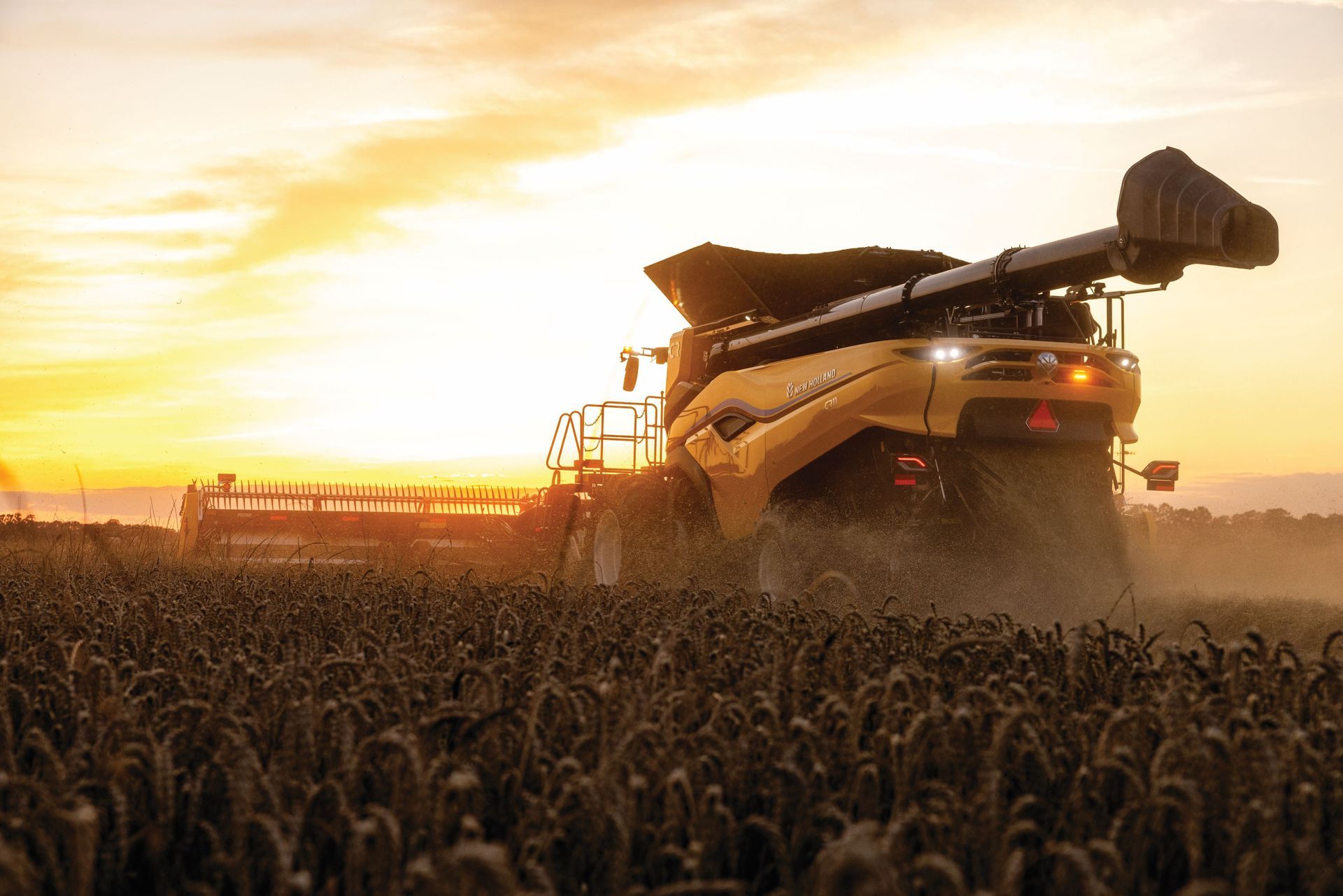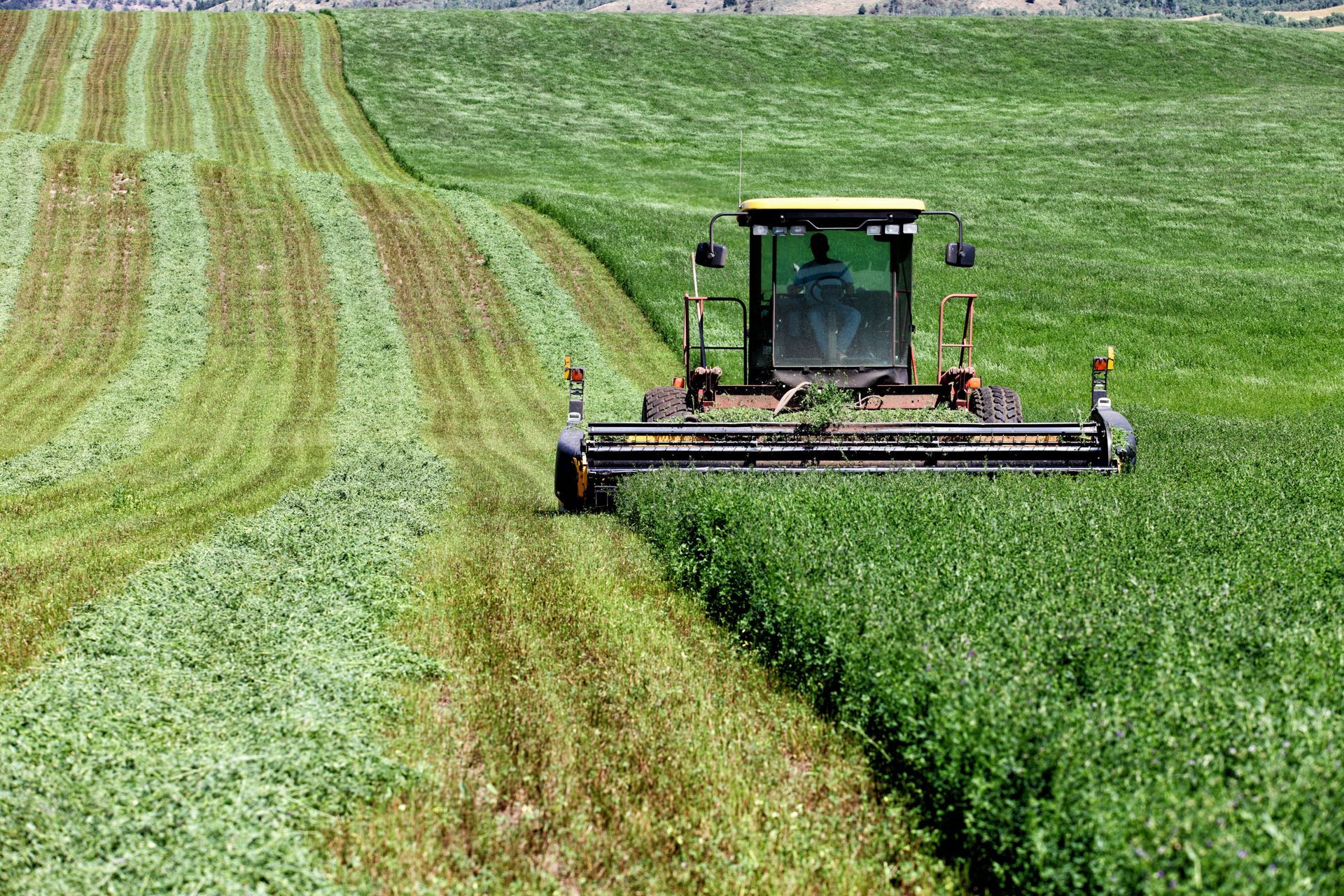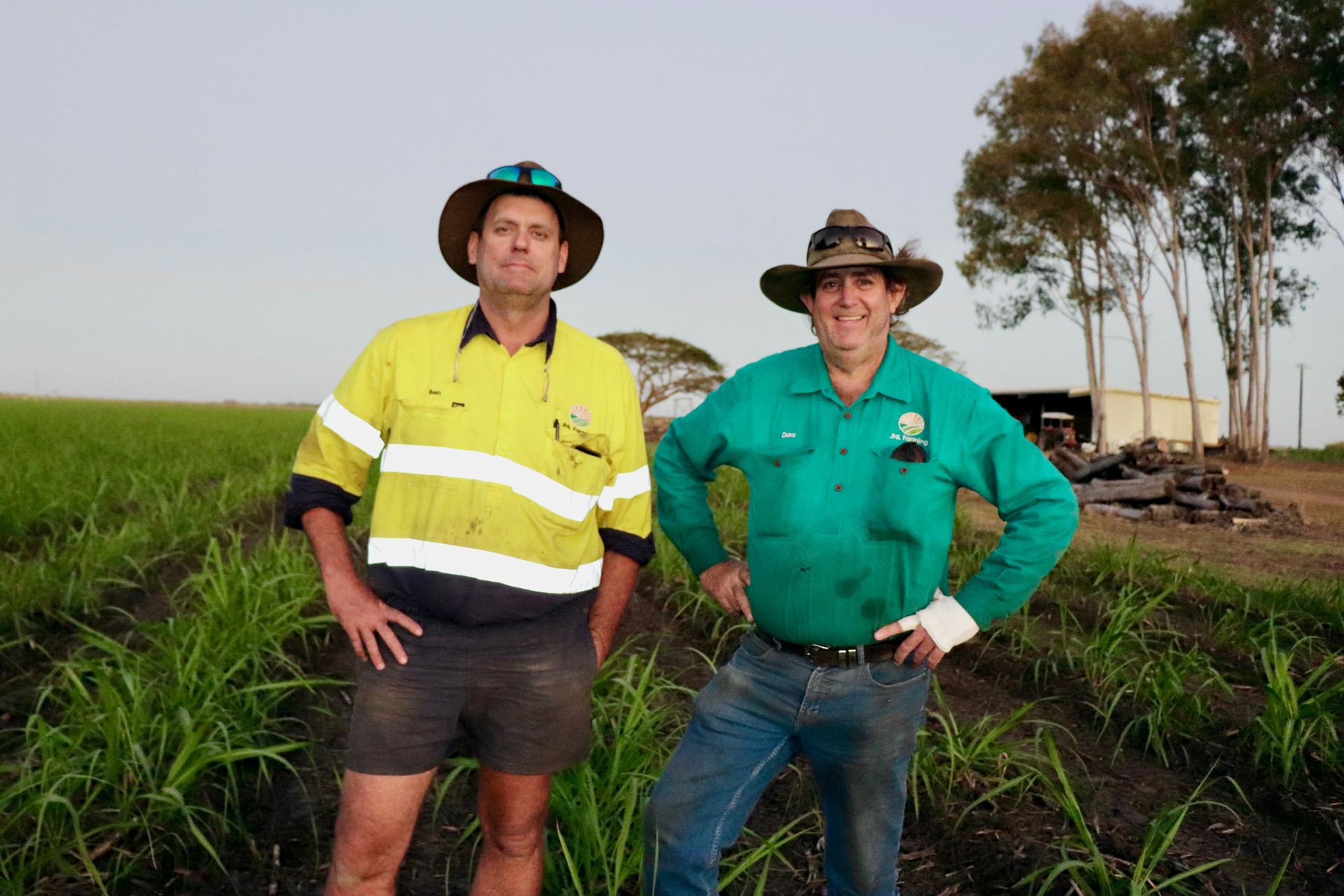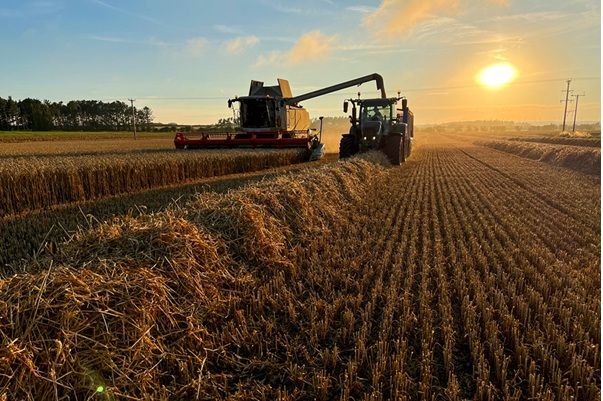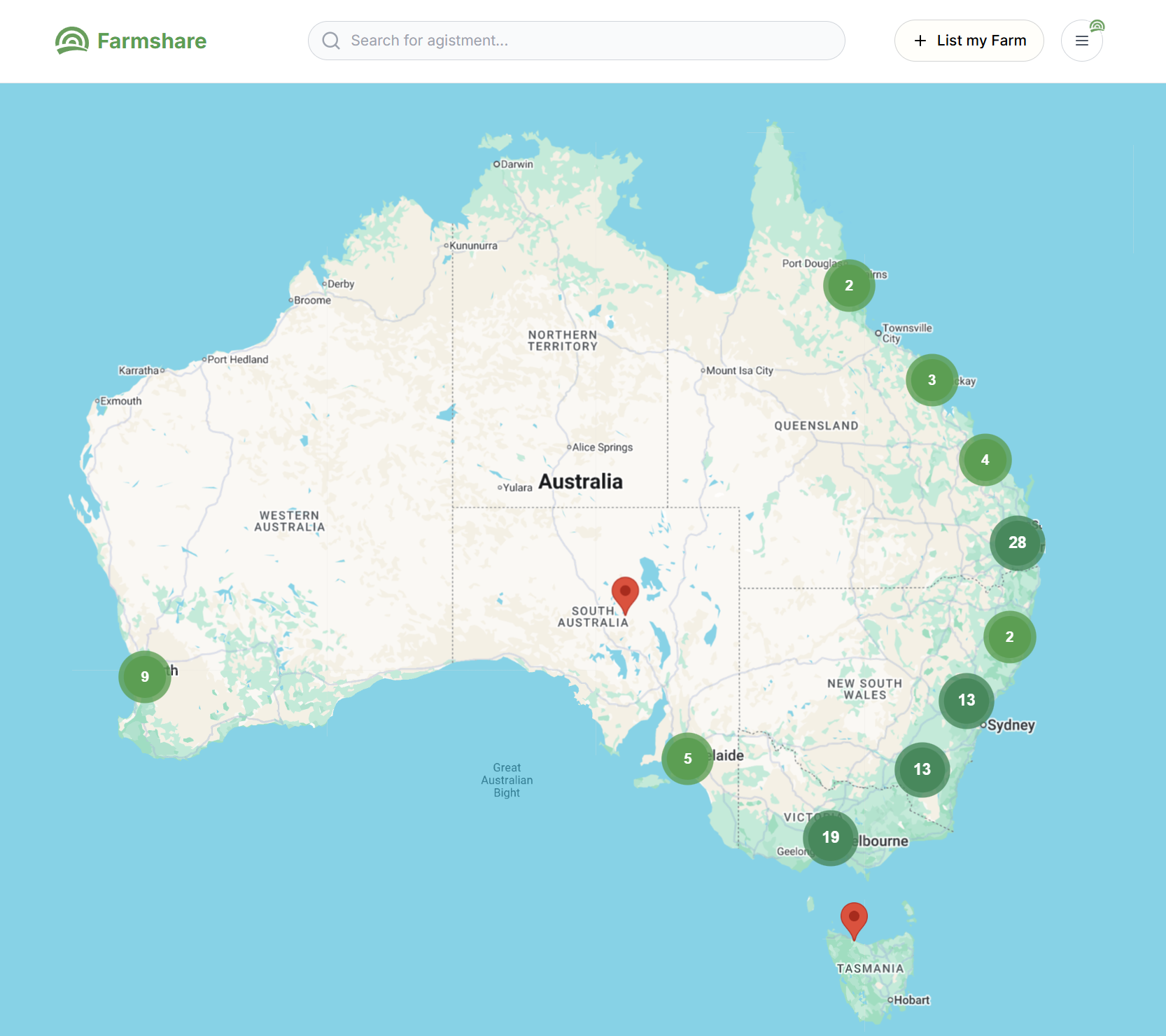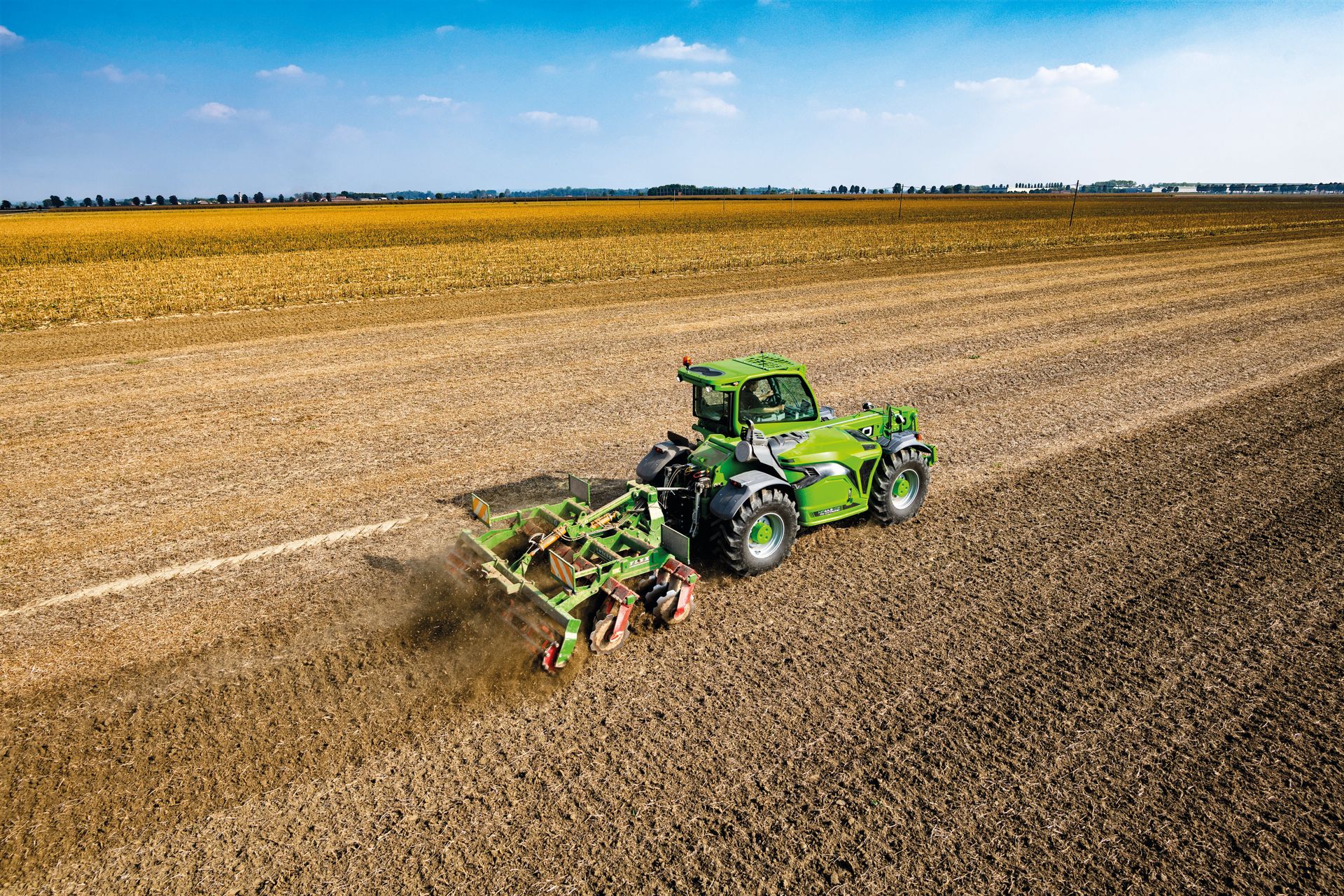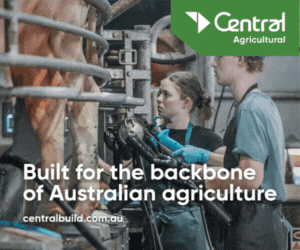1MG FlippingBooks
Innovation to feed the future of animal production
Australian farmers are actively looking for feed ingredients that are cheaper, more widely available and at least as nutritious as existing feed. In response, Queensland University of Technology (QUT) researchers are finding new uses for sugar industry by-products that might not only feed the growing national herd, but also deliver significant benefits across the agricultural sector.
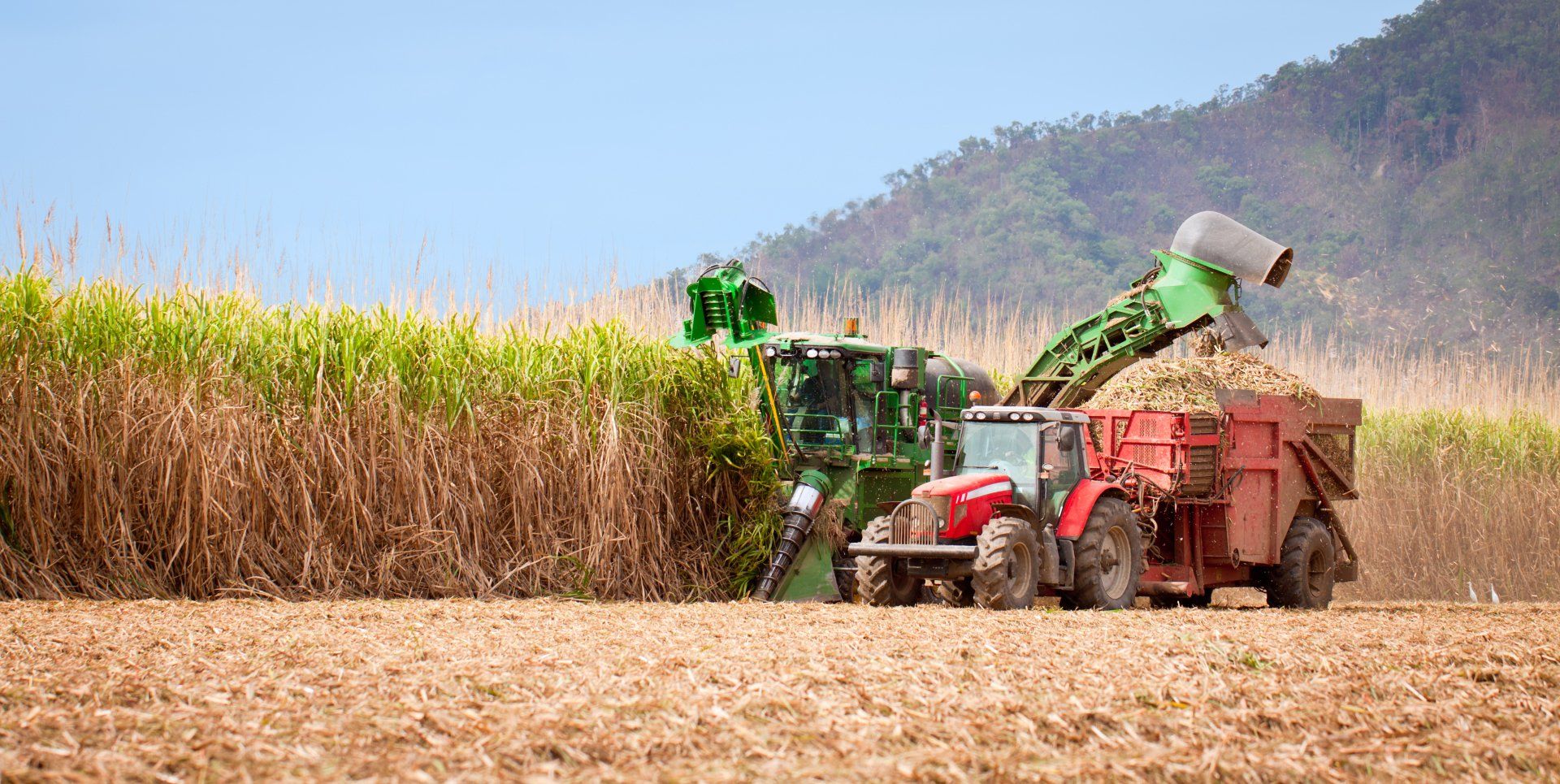
Global demand for Australian animal products such as meat, cheese and milk powder is increasing, particularly in Asian countries where changing population dynamics are creating a burgeoning middle class. Our agricultural sector is responding to this demand by increasing animal production, which therefore means we need to produce more animal feed.
As well as helping producers supply growing export markets, animal feed containing lower cost, widely available and nutritious ingredients (such as dietary fibre, sugar syrups and protein) also helps to future-proof the livestock industry in times of drought or flood. The lower cost of these feed ingredients will help ensure that cattle, pig and chicken production businesses continue to thrive.
Crop by-products such as hay have long been used to feed animals. However, QUT scientists are now examining the by-products from Australia’s iconic sugarcane industry as a potential source of nutritious, sustainable and low-cost animal feed ingredients.
A sweet solution
According to the Australian Sugar Milling Council, sugar is one of the nation’s largest rural industries with up to 35 million tonnes of sugarcane grown each year. The crop is primarily grown along the east coast – about five per cent in northern New South Wales and the rest in Queensland, where it is the state’s biggest agricultural crop and generates more than $2 billion dollars in annual export earnings.
Australia’s annual harvest of 35 million tonnes of sugarcane produces a range of products: up to 4.5 million tonnes of raw sugar, about one million tonnes of molasses and 10 million tonnes of bagasse, a fibrous residue left over when the cane is processed for its juice. Another by-product is cane trash – the tops and leaves of the sugarcane that remain in the field when the plant is harvested.
For QUT Senior Research Fellow Dr Mark Harrison, the mission to find efficient, economically viable ways of transforming bagasse and cane trash into animal feed is very much about upcycling – reusing materials and waste to create higher value products.
“Recycling and upcycling are common practices in several industries, and they have many potentially profitable applications across the agricultural sector,” he says. “As we know from the sugar industry, large amounts of agricultural by-products are available across Australia and these by-products can contribute to farm income if converted into valuable, saleable products.
“We need to look to residues and by-products from agricultural systems that are available at central locations like sugar mills as potential feed additives and feed ingredients.”
Traditionally, sugarcane by-products have found other uses. For many years, Australia’s sugar mills have burned bagasse on site to produce heat, steam and electricity for their milling processes. Excess electricity generated from bagasse is then fed into the grid to supply nearby populations.
It is possible to feed sugarcane bagasse and trash to animals, but this is not done in Australia because the by-products are not very digestible nor nutritious in their native state. By developing new bagasse and trash treatment processes, and probiotic and enzyme supplements, QUT scientists are changing the structure and chemistry of bagasse and trash to improve their nutritional value and transform them into quality feed ingredients for animals such as cattle, chickens and pigs. The research also offers the opportunity to improve the nutritional value of crop by-products that we already use for animal feed.
Converting biomass to feed
Much of the research into transforming these wastes into feed ingredients takes place at QUT’s Mackay Renewable Biocommodities Pilot Plant, based on the site of the operating Racecourse Sugar Mill in the central Queensland city. The pilot plant is a unique research and development facility that can convert biomass into biofuels, green chemicals and other bioproducts.
QUT’s research into transforming bagasse and cane trash into feed ingredients focuses on three processes:
pre-treatment to change the structure and chemistry of fibre so that digestibility improves processing to dissolve the sugar polymers in the fibre and produce a feed syrup with similar properties to molasses solid-state and liquid fermentation to produce single-cell microbial feed protein from crop by-products and pre-treated crop by-products.
At the Mackay Renewable Biocommodities Pilot Plant, scientists use chemicals, heat and pressure to break apart sugarcane bagasse or trash fibres, release sugars and make them accessible to the animal that eats the feed.
“We have a lot of experience in bagasse and trash pre-treatment at the pilot scale,” says Dr Harrison. “For example, we know what conditions we need to use to make the fibre more digestible for cattle.
“After pre-treatment with chemicals at high temperature, the fibre is softer and can provide more energy to the animal. We also know what conditions to use to partially dissolve the fibre and make a liquid sugar product that we could feed to pigs or chickens.”
Making the most of nature
Animal feed diets typically contain a variety of different types of supplements such as probiotics and digestive enzymes to help livestock digest the feed and remain healthy. Probiotics are live microbial cells that enhance the health and performance of an animal, while enzymes are added to help break down feed to release extra energy and nutrients.
QUT Associate Professor Robert Speight and his team of scientists are developing new probiotic and enzyme supplements specifically for inclusion in sugarcane bagasse-based feed to add further value to this low-cost feed ingredient.
“We know fibrous feeds such as bagasse can be challenging for an animal to digest,” he says. “So we’re looking at adding the probiotics and enzyme supplements to the feed to make it more digestible and nutritious, which in turn produces an animal that is healthier and more profitable for the farmer.”
QUT is currently working in partnership with Bioproton Pty Ltd, Ridley Agriproducts, Kennedy Creek Lime and The University of Queensland on a government-funded project to scale up probiotic and enzyme supplement production to commercial levels and perform testing in livestock to show safety and efficacy.
The project will bring these new supplement products to market faster and more efficiently. It will also demonstrate a streamlined lab-to-market platform for taking research discoveries through scaled-up production and field-testing. This platform and the capabilities developed in the project are now being applied to a variety of industrial bioproducts.
The benefits to Australian agriculture are significant, with these new technologies primed to create flow-on effects in the form of more plentiful and cheaper feed ingredients for animal producers, new income streams for crop producers and processors and increased employment and economic development opportunities for regional areas.
“The potential is there to bring the best of biotechnology and hi-tech manufacturing to the regions using fermentation-type technologies,” Associate Professor Speight says. “It’s these new technologies that are going to make the difference in the end.
“It’s about protecting and growing the industry through future-proofing. The great thing we can see is that this research represents real opportunities for the agricultural sector in Australia, particularly with the willingness of farmers and industry to get behind these ideas and technologies to realise their potential.”
Find out more:
QUT’s Institute for Future Environments finds ways to make our world more sustainable, secure and resilient by studying interactions between our natural, built and virtual environments.
Acknowledgements:
The research projects described are part of QUT’s Biorefineries for Profit program, funded by the federal Department of Agriculture and Water Resources as part of its Rural R&D for Profit program. The ‘bagasse to animal feed’ research program is also supported by Sugar Research Australia, while the ‘probiotics and enzyme supplements for enhanced livestock feed’ project also receives support from Advance Queensland.
Research for this article was contributed by:
QUT Associate Professor of Microbial Technology, Robert Speight (@portyrob)
QUT Senior Research Fellow, Centre for Tropical Crops and Biocommodities member, Dr Mark Harrison (@MarkH_CTCB)
